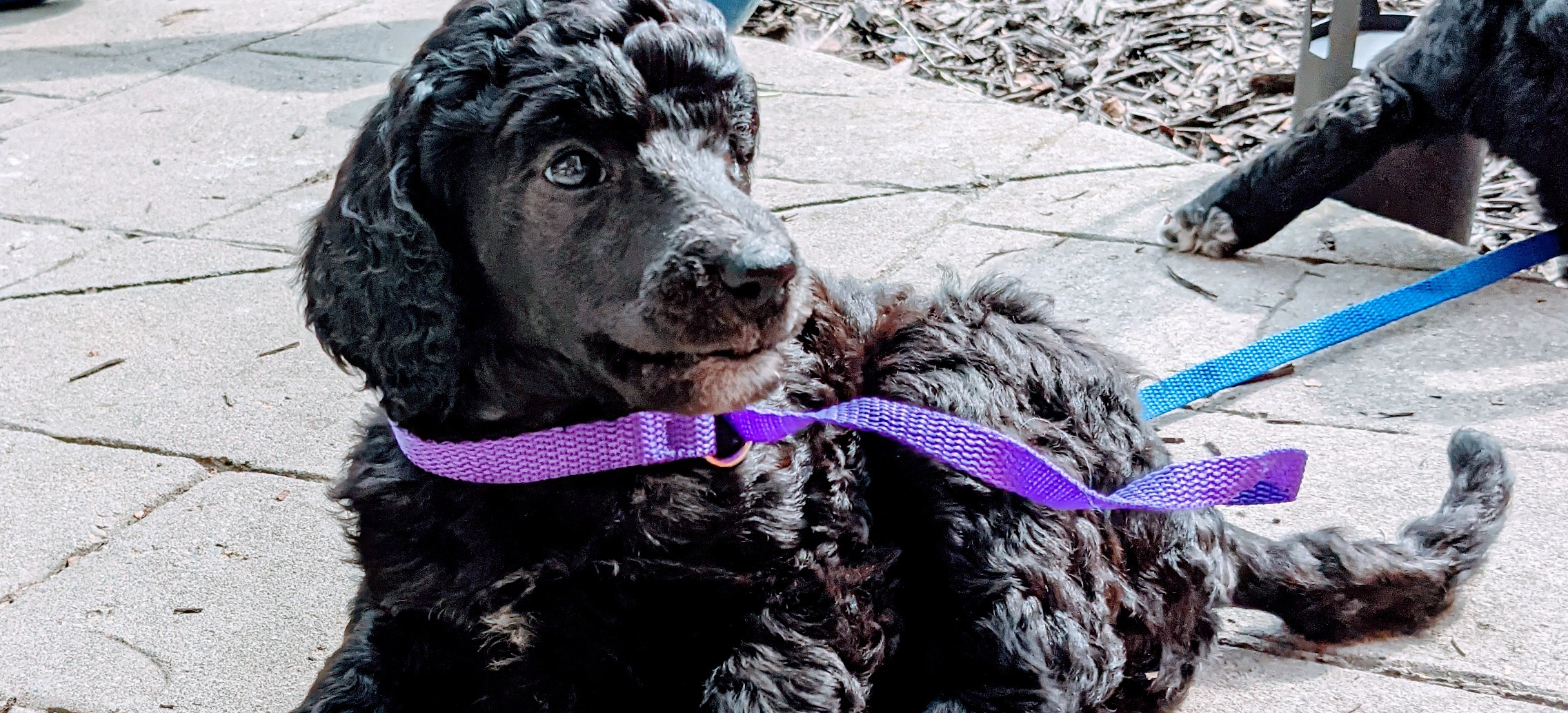
Why might some linebreedings be ok and others not?
We all have seen people talking about how they’ve linebred and have not had any problems. Truth be told, linebreeding is a powerful tool. It can set the type in your lines and produce consistent temperaments and desired drives. Anyone who has bred long will have linebred at some point, if not frequently. But there are sayings about linebreeding that are oft repeated like “linebreeding is fine until it isn’t” or “it’s linebreeding when it works and inbreeding when it doesn’t.” Why might some linebreedings be fantastic while others are not?
Because they may not have been true linebreedings in the way we have classically thought of them.
What?!
Let’s look at breeding that should be a linebreeding on paper
Recently, I tested a full litter of puppies. I always like to know what I am producing and have the genetic data on all puppies for future research and to help me breed away from the genetic influence of a particular dog (or towards one) in the future by using our genetic relationships feature and comparing a potential keeper to its relatives. If I want my keeper puppy to be one that is more like a specific relative, I look for ones I am interested in retaining that are in a closer genetic relationship to that ancestor.
I was pretty anxious to get these results loaded and as soon as they were up on the front page, I started looking at each individual puppy’s results. (Now is the time to reiterate that I don’t choose puppies based solely on their genetic results, but it does play a part in my selection.) Imagine my surprise when I visited Whisper’s breeding lists (the only female in my litter) and found she was genetically unrelated to her cousin, my keeper from my last litter. Based on their pedigrees, these puppies should not be genetically unrelated, certainly. Then, I went to all her brothers’ pages and found the same; all the boys were also genetically unrelated to their cousin. How in the world was that REALLY possible?


Above are the pedigrees of my two bitches. As you can see, they have the same sire, while their dams were mother and daughter. Therefore, on paper they are 3/4 sisters, and should be very closely related genetically. They look alike and have similar mannerisms. In fact, when I have them groomed the same, my husband cannot tell them apart.
(When we use the term “genetically related” here at BetterBred, we mean related within each breed. In purebred dogs, most or all of the dogs of a single breed are at least somewhat genetically related – it’s what makes them purebred. However, since we are discussing pedigreed, purebred dogs who will remain purebred, the context is always their relatedness within the breed. Relatedness within the species is a topic for another set of blog posts!)
While pondering how it was possible that these two 3/4 sisters’ offspring would be unrelated to one another, I decided to look to see what our system said about my two dams. Our system consistently will find offspring and full siblings in the categories they should be in, so imagine my surprise when I found that my bitches were category 5, the genetic equivalent of first cousins or great grandparent-great grandchild. So that is my first clue, my bitches who I had always thought were very closely related, indeed are not.
How does this happen? We’ve illustrated before that even full siblings can inherit different markers from their parents, making the influence from their grandparents to be less than thought previously.
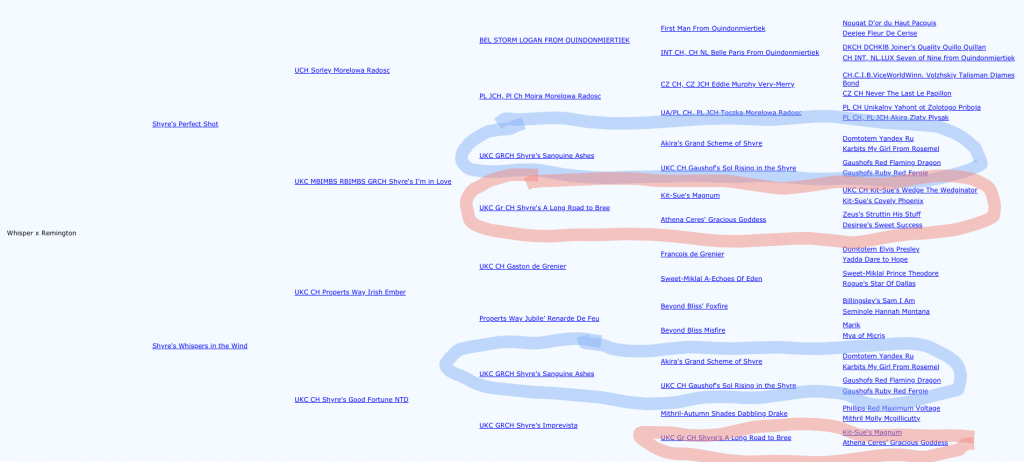
So knowing the above, if the sires of my two litters with my 3/4 sibling girls were also reasonably unrelated, I could have predicted that my puppies from the two different breedings would be unrelated. Back to our website to check the genetic relationships between the two sires I went! The sires were both apricot, so I thought they may not be completely unrelated (the apricot gene pool is somewhat small in Standard Poodles). The two studs were category 6 to one another, the genetic equivalent of half-first cousins or first cousins once removed, in between identical twins (category 1) and unrelated within the context of our breed (category 10). It’s reasonable to understand then, when each one of these sires was bred to my bitches that were unrelated to them, that one breeding would produce puppies that are unrelated to the puppies of the other breeding, despite the pedigree saying otherwise.
So, now I always question whether a Category 10 breeding will truly create outbred puppies when I know the pedigree to be close, so I always run our litter simulations to verify that the inbreeding will not be too high. This simulation creates 3000 puppy profiles using the tested markers, calculates what each of those puppies genetic values are, and creates graphs that let us know what to expect in the litter. Having tested many litters, I can say I’ve never had a puppy fall out of the predicted parameters our system has shown. We’ve also never heard of any from customers after creating millions of simulated puppies. There are three key elements on our summary: how typical/atypical the genetics carried by the puppies will be in comparison to the breed (outlier index or OI), how inbred the puppies will be (internal relatedness or IR), and what DLA haplotypes the puppies can carry.
This litter checks all my boxes genetically!
The litter on the whole will be outbred (negative IR) and very few would fall above the “high” inbreeding level of .15. Next, the litter has genetics that are not as well represented in our population. (An OI that is above our breed average – the only number on our website you want to increase!) Lastly, 100% of the puppies will be heterozygous in the DLA, which is theorized to be a boon for them.

What are the implications here on our previous thoughts about linebreeding?
We need to realize that what we think are linebreedings on paper may be more or less related than we think based on pedigree. At the same time, realize that what you thought might be an outcross may actually be closer related than you realized!
Imagine I did NOT know that these puppies were unrelated? I would think I was doing a somewhat close (for me) linebreeding. In reality, they would be completely unrelated. So, there would likely be few recessive component diseases that popped out and I would think, “See, linebreeding is perfectly fine.” On the other hand, imagine if they were actually closer related than I thought (eg. if my dams were closely related and the two studs used also were closely related to one another)? The breeding could be disastrous.
Now granted, this is NOT a tight linebreeding, like father-daughter. Those breedings will ALWAYS be genetically close, as a father will always pass 50% of his genetics to his daughter. That does not change.
Imagine the impact we have when we can consider a linebreeding on paper which can set type but may also also reduce inbreeding levels! Imagine how much safer we are when we can know truly how high the inbreeding will be before actual puppies are born!
The puppy in question here is far too young to make breeding decisions. However, if you’re wondering, yes, if all works out (type, testing, temperament etc), this breeding might take place.
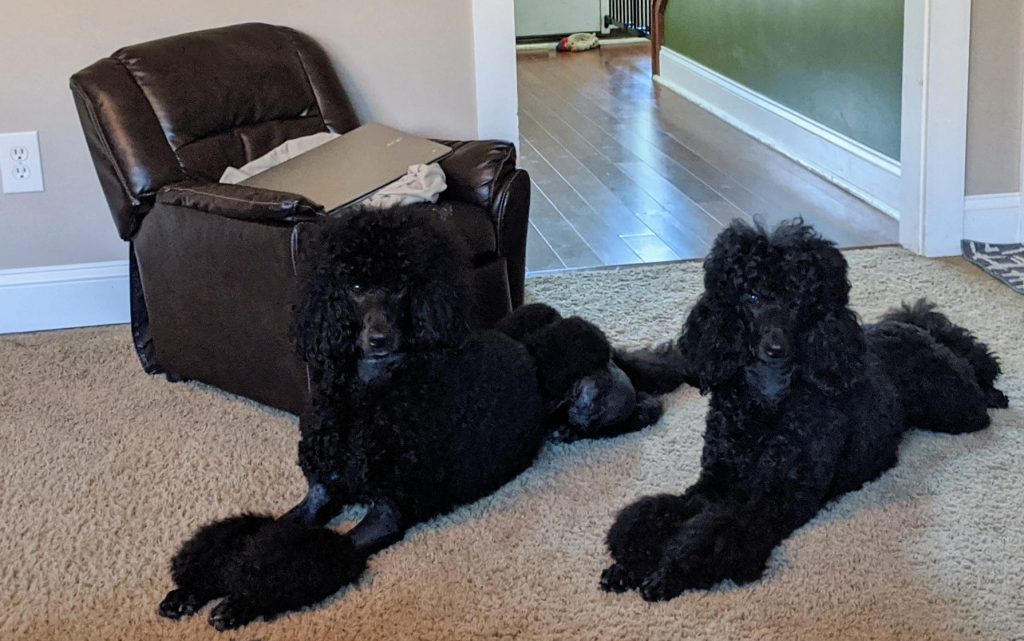
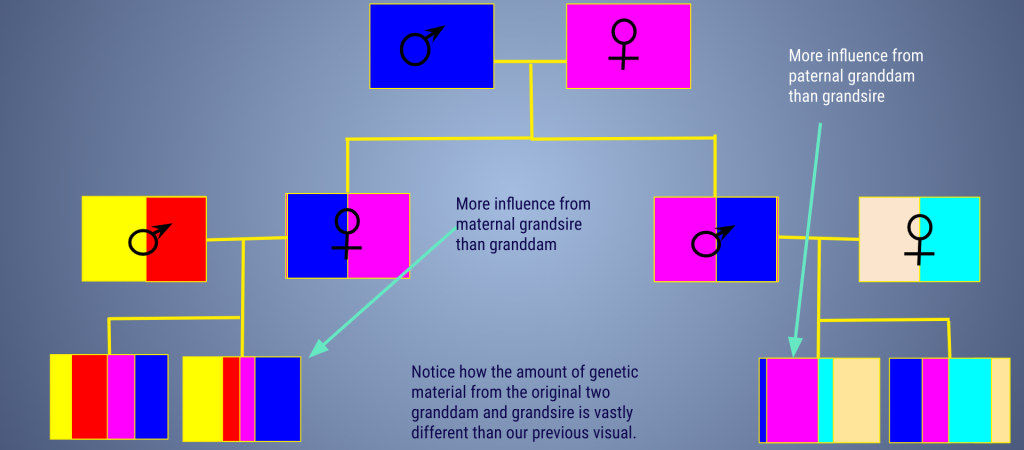
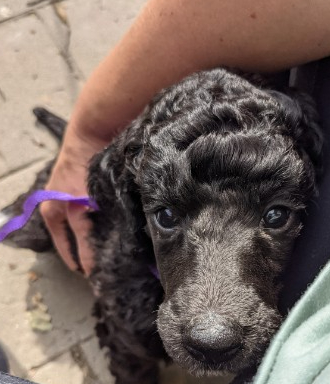
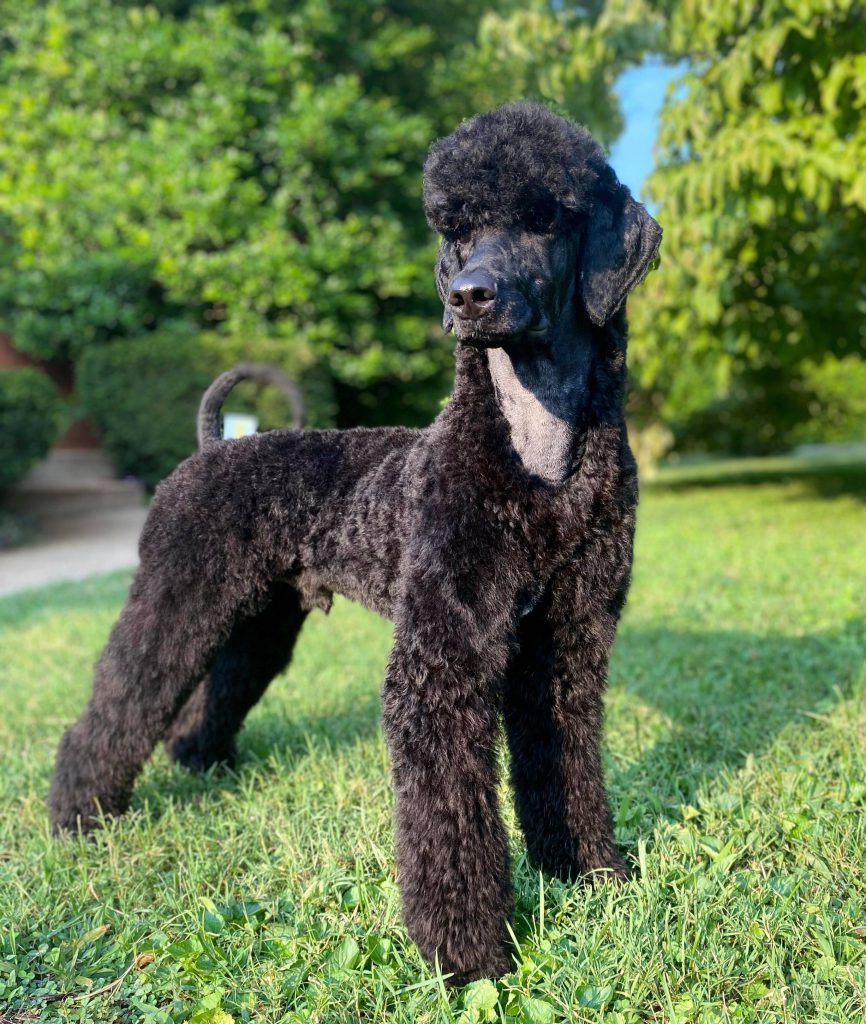
 Previous Post
Previous Post Next Post
Next Post


